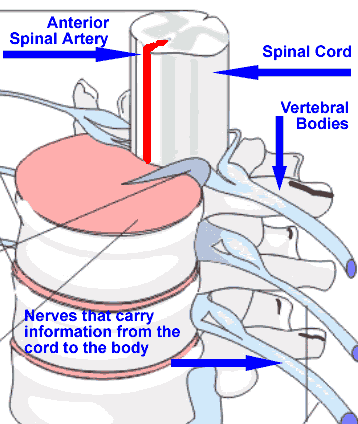
C Spine Precautions. Children who use their hands to support the head. Itim and eci are advocating for the adoption of foam cervical collars in the initial management of injured adults and children requiring cervical spine precautions being transported by nsw ambulance and presenting to nsw health facilities. Spinal precautions include head holding application of a cervical collar patients nursed in neutral alignment on an approved mattress and log rolling for all care. This statement also covers application of foam collars in a variety of clinical scenarios.

This is done as an effort to prevent injury to the spinal cord. Itim and eci are advocating for the adoption of foam cervical collars in the initial management of injured adults and children requiring cervical spine precautions being transported by nsw ambulance and presenting to nsw health facilities. Spinal precautions include head holding application of a cervical collar patients nursed in neutral alignment on an approved mattress and log rolling for all care. Spinal precautions also known as spinal immobilization and spinal motion restriction are efforts to prevent movement of the spine in those with a risk of a spine injury. It is estimated that 2 of people with blunt trauma will have a spine injury. C spine precautions are initiated when there is actual or suspected damage to the cervical spine these precautions involve nursing care to ensure that the patient s spinal column remains in alignment at all times.
For more information please read our position statement on maintaining cervical spine precautions.
Spinal precautions include head holding application of a cervical collar patients nursed in neutral alignment on an approved mattress and log rolling for all care. It is estimated that 2 of people with blunt trauma will have a spine injury. Children who use their hands to support the head. For more information please read our position statement on maintaining cervical spine precautions. What are c spine precautions. These precautions should be in place until clinical and or radiological examination has been performed to establish that the spine has been cleared or a management plan has been made 2.